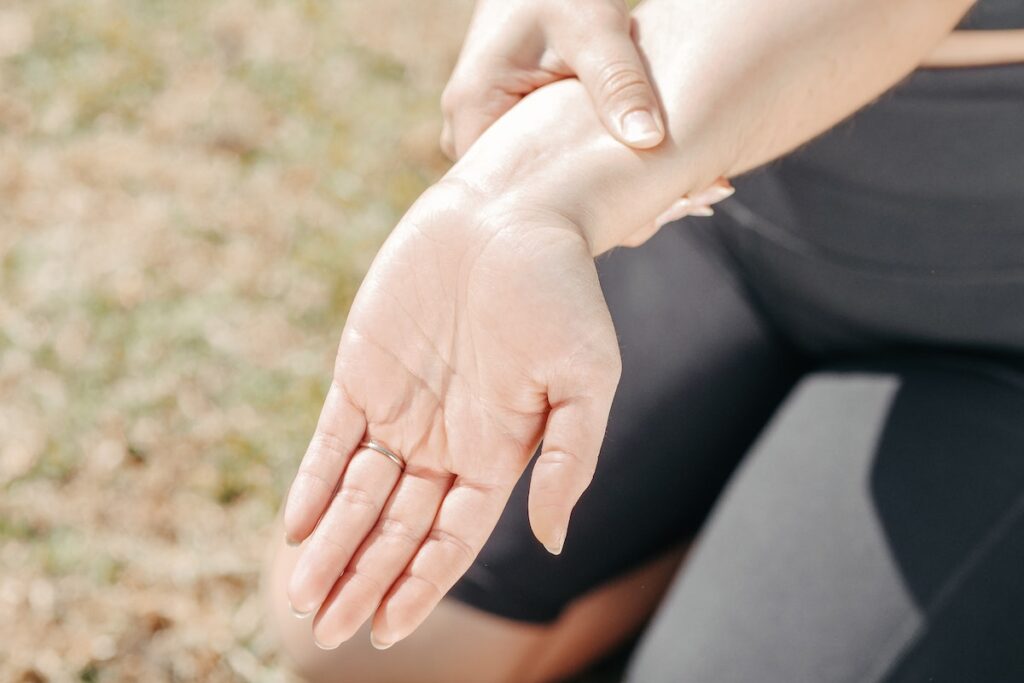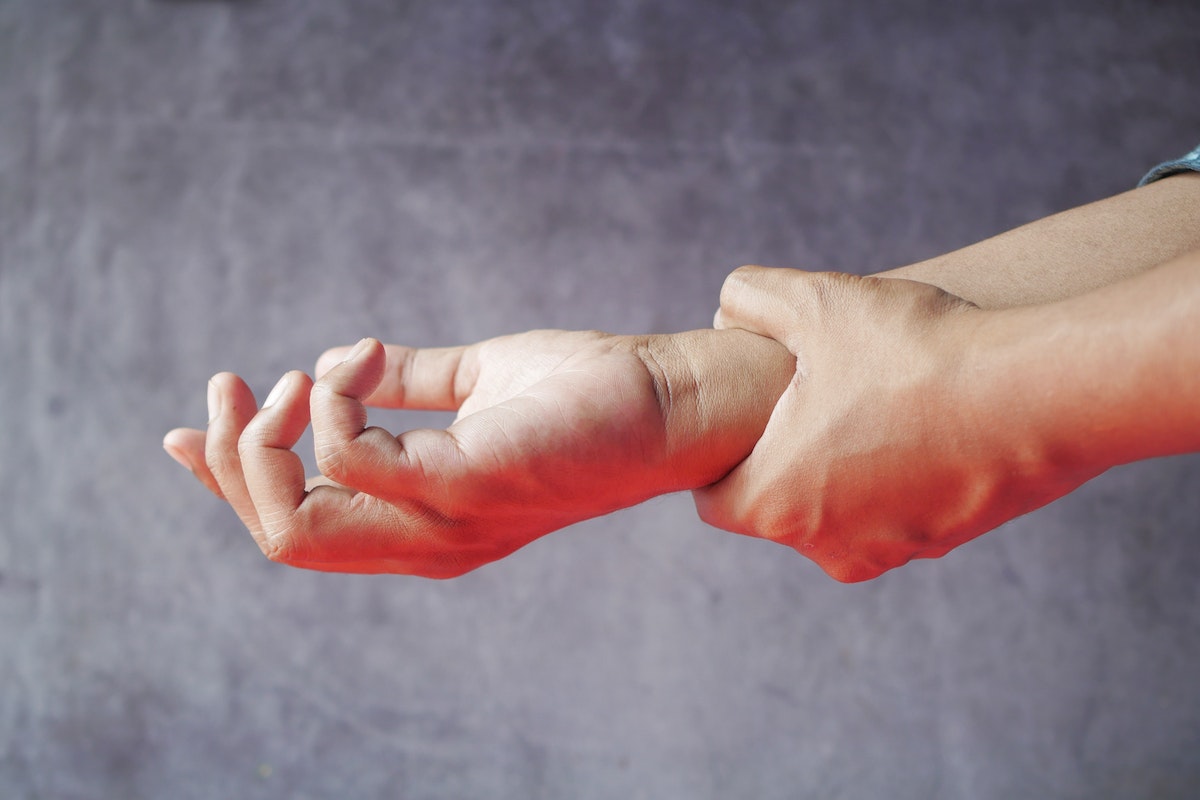Introduction
Arthritis in the hands is a common and often debilitating condition that affects millions of people worldwide. It can cause pain, stiffness, and reduced hand function, significantly impacting daily activities and overall quality of life. While arthritis in the hands cannot be cured, physical therapy offers valuable and effective treatment options to manage symptoms, improve hand mobility, and enhance functional abilities. In this comprehensive article, we will explore the types of arthritis in the hand, the role of physical therapy in managing hand arthritis, specific treatment techniques, and lifestyle adjustments to enhance hand health.
Understanding Arthritis in the Hands
Arthritis refers to inflammation and degeneration of joints, and it can affect any joint in the body, including those in the hands. The most common types of arthritis affecting the hands are:
Osteoarthritis (OA):
OA is a degenerative joint disease that results from the wear and tear of cartilage over time. It commonly affects the joints at the base of the fingers and the thumbs.
Rheumatoid Arthritis (RA):
RA is an autoimmune disease where the body’s immune system attacks the synovium (lining) of the joints, leading to inflammation and joint damage. It often affects multiple joints in a symmetrical pattern, including those in the hands.
Psoriatic Arthritis:
Psoriatic arthritis is associated with psoriasis and affects both the skin and the joints. It can cause inflammation in the finger joints and lead to swollen fingers.
Gout:
Gout is caused by the buildup of uric acid crystals in the joints, resulting in sudden and severe pain, most commonly affecting the big toe. However, it can also affect the finger joints.
The Role of Physical Therapy in Hand Arthritis

Physical therapy plays a vital role in the comprehensive management of hand arthritis. A skilled physical therapist can design a personalized treatment plan to address specific symptoms, improve joint function, and enhance overall hand health. The goals of physical therapy for hand arthritis include:
Pain Management:
Physical therapists use various techniques to alleviate pain, such as joint mobilizations, therapeutic ultrasound, and electrical stimulation.
Reducing Inflammation:
Modalities like ice therapy and cold packs can help reduce inflammation in the affected joints.
Improving Joint Mobility:
Through targeted exercises and stretches, physical therapy can increase the range of motion in the affected hand joints.
Strengthening Hand Muscles:
Strengthening exercises for the hand and forearm muscles can improve grip strength and hand function.
Enhancing Functional Abilities:
Physical therapists focus on improving hand function for daily activities like gripping, writing, and performing self-care tasks.
Types of Physical Therapy Techniques for Hand Arthritis
Physical therapy for hand arthritis employs a range of techniques and modalities tailored to each individual’s needs. Some common techniques include:
Therapeutic Exercises:
Hand exercises aim to improve flexibility, strength, and range of motion in the affected joints. These exercises may include finger stretches, grip strengthening exercises, and dexterity drills.
Joint Mobilization:
Gentle manual techniques, such as joint mobilization and passive range of motion exercises, can help improve joint mobility and reduce stiffness.
Heat and Cold Therapy:
Applying heat to the hands before exercises can increase blood flow and promote relaxation, while cold therapy can reduce inflammation and pain.
Ultrasound Therapy:
Therapeutic ultrasound uses sound waves to promote tissue healing and reduce pain and inflammation in the hand joints.
Electrical Stimulation:
Electrical stimulation can help manage pain and improve muscle strength in the hands.
Paraffin Wax Therapy:
Dipping the hands in warm, melted paraffin wax can soothe arthritis-related pain and improve joint mobility.
Custom Splinting:
Physical therapists can create custom splints to support and protect the affected hand joints, especially during periods of rest or sleep.
Manual Therapy:
Hands-on techniques, including soft tissue mobilization and myofascial release, can alleviate muscle tension and improve hand function.
Lifestyle Adjustments for Hand Arthritis Management

In addition to physical therapy, certain lifestyle adjustments can help manage hand arthritis and minimize its impact on daily life:
Joint Protection:
Avoiding activities that place excessive stress on the hand joints, such as repetitive gripping or forceful pinching, can protect the hands from further damage.
Pacing Activities:
Taking regular breaks during tasks that strain the hands can prevent overuse and fatigue.
Ergonomic Modifications:
Using ergonomic tools and devices, such as ergonomic keyboards and jar openers, can reduce joint strain during daily activities.
Weight Management:
Maintaining a healthy weight can alleviate pressure on the hand joints, reducing arthritis-related pain.
Assistive Devices:
Using assistive devices like reachers and buttonhooks can make daily tasks easier for individuals with hand arthritis.
A Comprehensive Approach to Hand Arthritis Management
To achieve the best outcomes, a comprehensive approach to hand arthritis management is essential. This includes collaborating with a team of healthcare professionals, such as rheumatologists, occupational therapists, and orthopedic surgeons, when necessary. Physical therapists can work in conjunction with other specialists to provide holistic care, tailored to the individual’s needs and condition severity.
Conclusion
Hand arthritis can significantly impact an individual’s ability to perform daily activities and lead a fulfilling life. Physical therapy offers a safe and effective non-pharmacological treatment option for managing hand arthritis symptoms, improving joint mobility, and enhancing functional abilities. By incorporating targeted exercises, modalities, and lifestyle adjustments, individuals with hand arthritis can find relief and regain control over their hand health. A personalized physical therapy plan, designed in collaboration with healthcare professionals, can empower individuals to live life to the fullest despite the challenges posed by hand arthritis.


